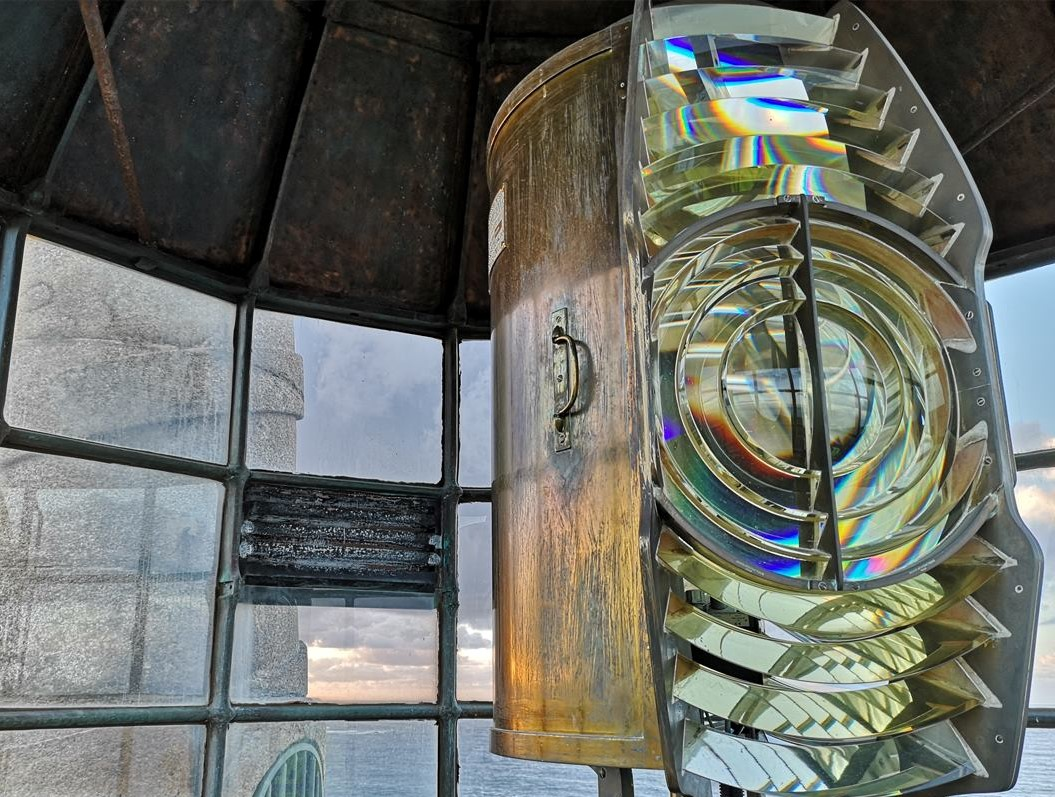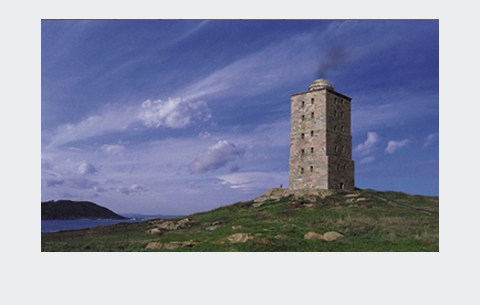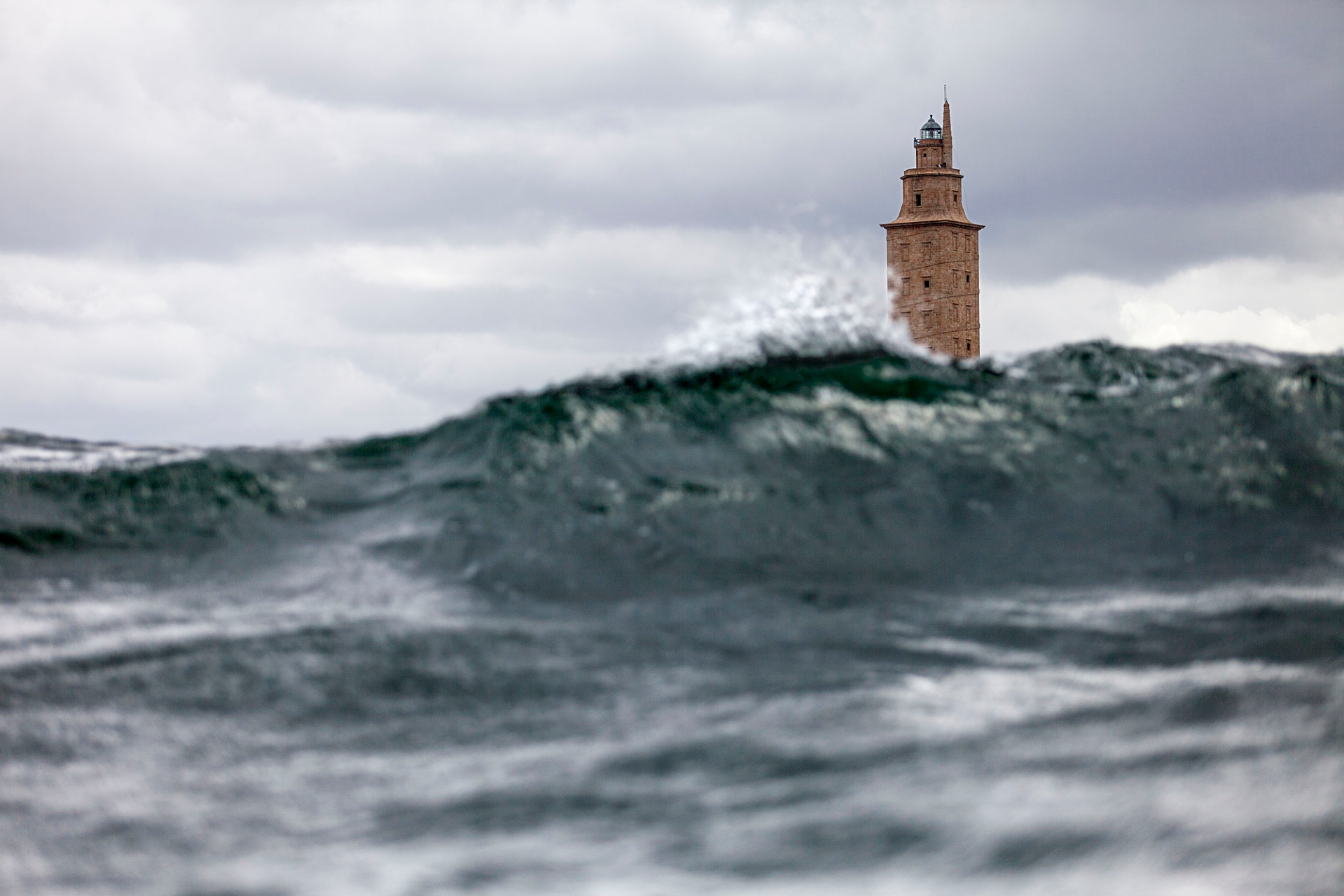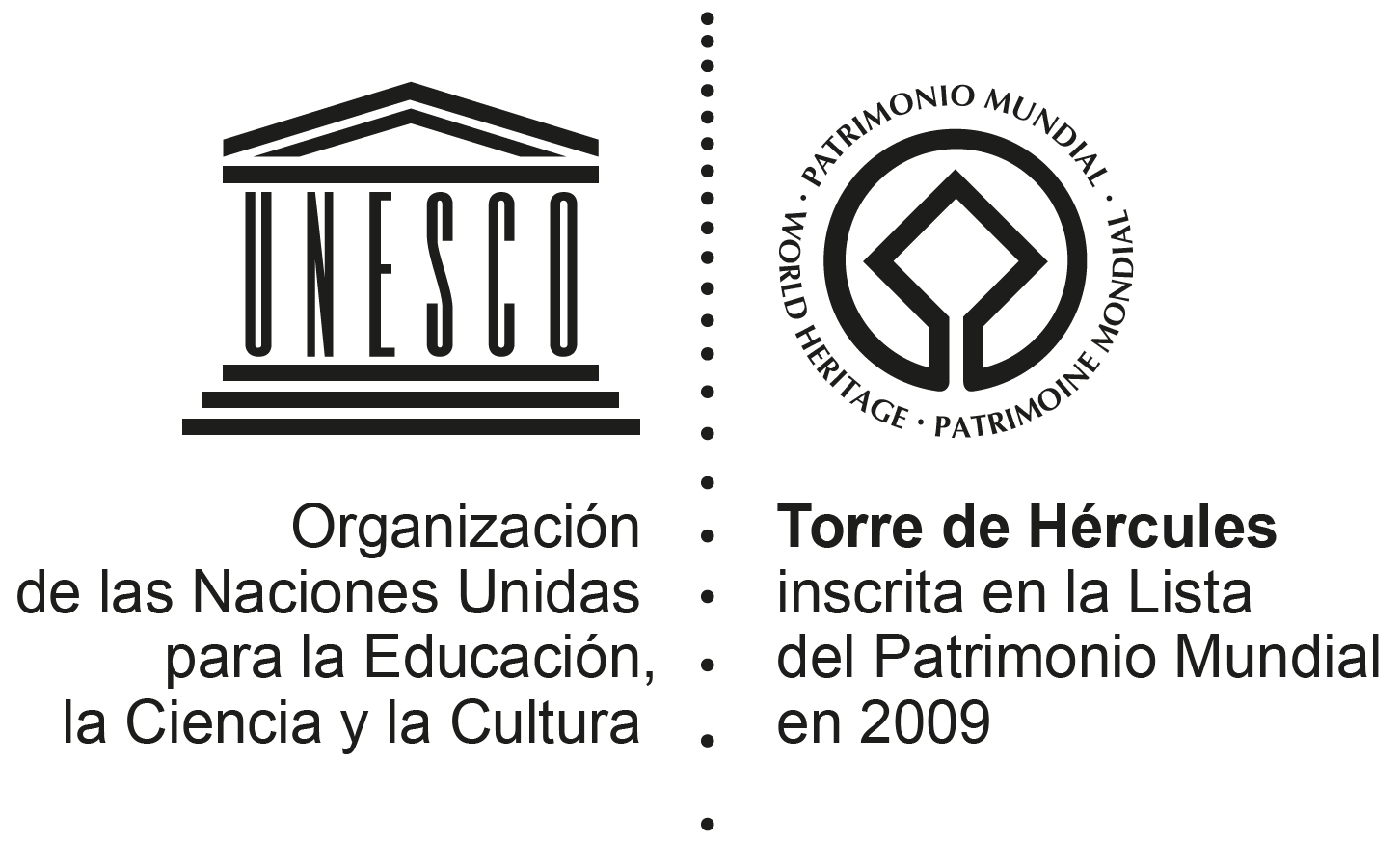- Home
- Discover the Tower
- The Lighthouse
What is a lighthouse?

Near the port of Alexandria, Egypt, there is a small island whose Greek name is Pharos. Given the characteristics of the coast surrounding Alexandria, Ptolemy I ordered the construction of a maritime signal. As often happens, the part was later used to name the whole. Today we may not remember that small island, but there is no doubt that maritime signals, which are called faros in Spanish, pay homage to the island that housed the most famous of them all, the Pharos of Alexandria, one of the wonders of the ancient world.
A lighthouse, in technical terms, is a maritime signal with a range exceeding ten nautical miles, which aids in navigation by fulfilling two basic functions:
- Enabling a vessel to determine its position on a nautical chart.
- Facilitating access to ports and landfall points.
Beacons and buoys are also maritime signals, which serve as danger or risk signals for navigation, as well as the range lines, which indicate the entrance channels to the port.
As a maritime signal, the Tower of Hercules has its own ID.
The Tower of Hercules is the only lighthouse that, from its origins in Roman times to the present day, has fulfilled its original function: to mark the location of the port, serving as a maritime signal and navigational instrument for vessels crossing the Atlantic corridor on their voyage. This makes it an exceptional example, a unique testimony to the numerous lighthouses that civilisations of the past built on the seashore, lighthouses that have been lost over the course of history, while the Tower of Hercules continues to fulfil its mission of orienting and guiding those who face the immensity of the ocean every day.
Técnicamente, un faro es una señal marítima con alcance superior a las diez millas náuticas, que ayuda a la navegación cumpliendo dos funciones básicas:
- Permitir a una embarcación posicionarse sobre una carta náutica
- Facilitar el acceso a puertos y puntos de recalada
También son señales marítimas las balizas y las boyas, que sirven como señales de peligro o riesgo para la navegación y las enfilaciones, que señalan los canales de entrada a puerto.
La Torre de Hércules es una señal marítima y como tal tiene su propia identificación
Maritime signal 03530
White light, 23MN range
20s GpD(4) [(L0.3 oc3.0) 3 timees] L0.3 oc9.8
When was it built?

Although there is no definitive date for the construction of the Tower of Hercules, archaeological findings show that it was built around the second half of the 1st century AD by the Roman Empire at the finis terrae of the known world (the end of the earth), in the northwest of Hispania. The tower marks the entrance to the great Golfo Ártabro, which includes the rias of O Burgo, Betanzos, Ares and Ferrol.
The place chosen for its location was Punta Eiras, a rocky hillock nearly 57 metres high, between Punta Herminia and Punta Orzan, dominating the far north of the peninsula where the city of A Coruña stands today.
A pure, simple tower

The four façades of the tower have a sparing design and a homogeneous structure, repeated on all the façades with slight variations in the location of the openings. One of the most characteristic features of this lighthouse is the helical strip that runs along its outer façades, from the base to the top of the prismatic body. It hearkens back to the ascending ramp that served as access in Roman times, traces of which were still visible on the walls of the building when the restoration planned coordinated by the military engineer Eustaquio Giannini began in 1789.
Beneath these four 18th-century façades are the remains of the Roman lighthouse, most likely designed by the architect Gaius Sevius Lupus, from the ancient Iberian province of Lusitania. Gaius Sevius left a commemorative inscription at the foot of the tower, which is preserved inside the base platform, protected by an early 19th century building.
The core of the Roman lighthouse survives, although the outer access ramp has been lost. This core is a square-shaped construction. All that remains of the helical ramp and the outer wall is the remnants that came to light during the archaeological excavation in 1992.




